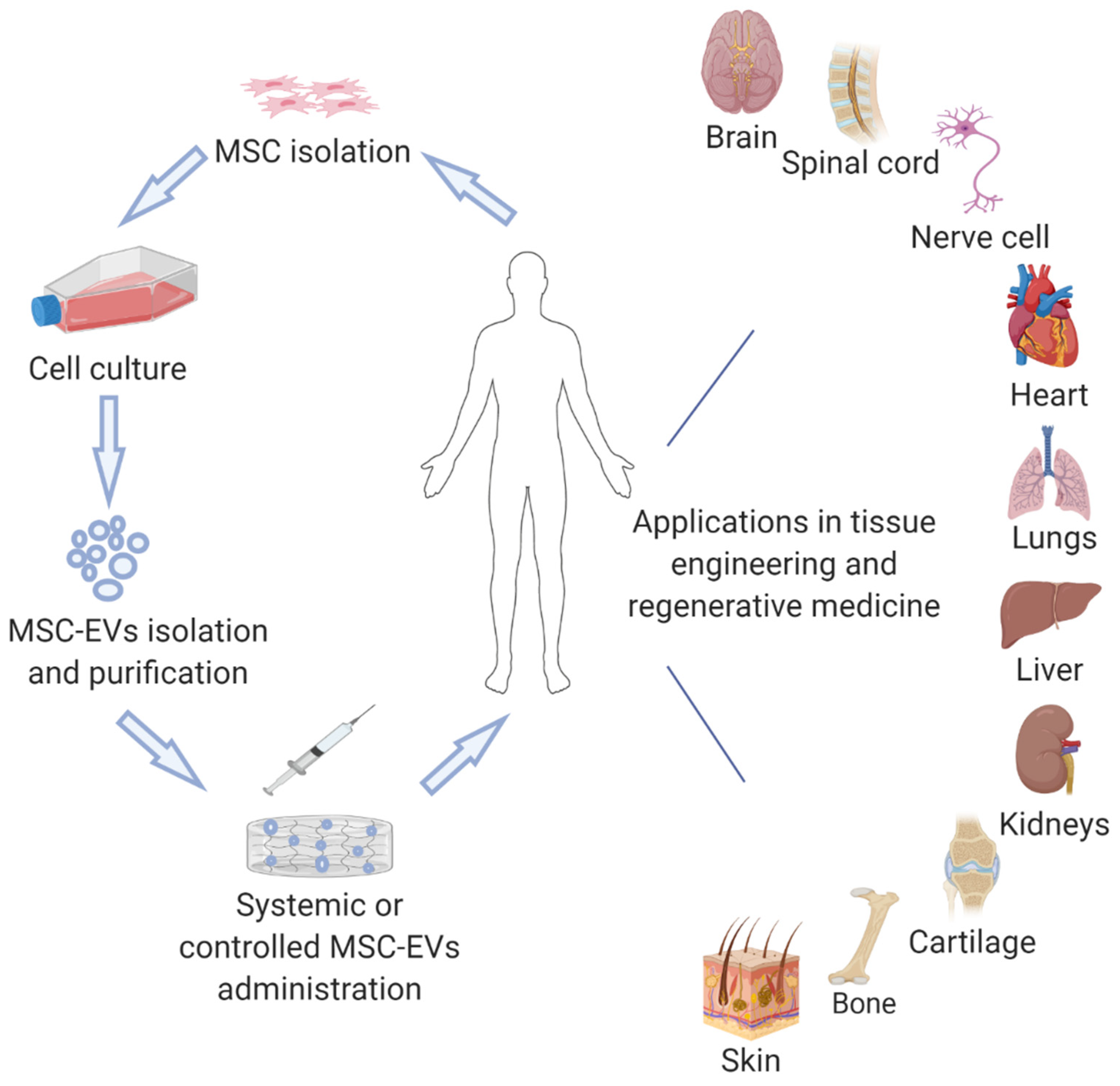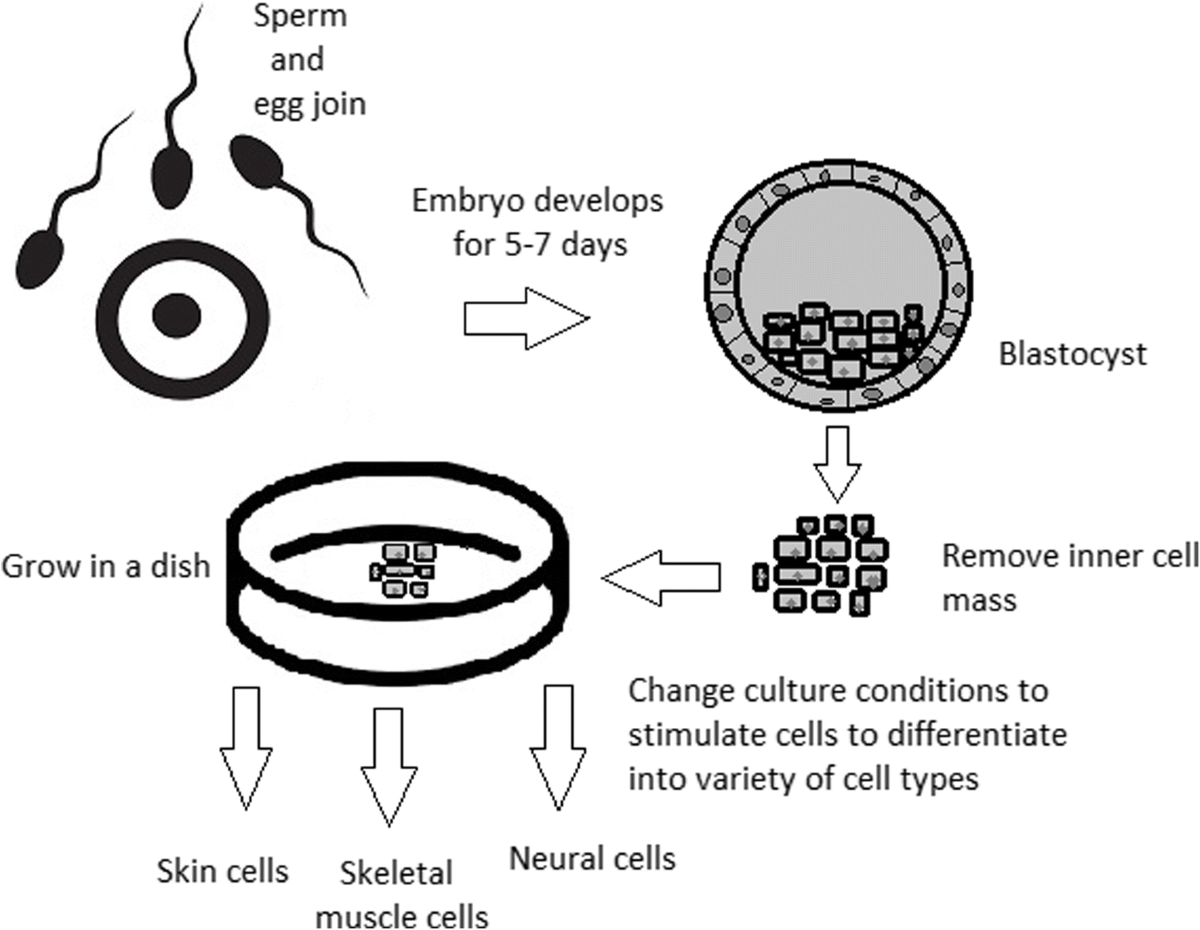Table of Contents

[/image][=video]
[/video]
There are numerous kinds of stem cells. In basic, the term stem cell describes a classification of cells that generate other cells (like skin, blood, heart, and muscular tissue cells) by replicating and separating in response to chemical signs. Totipotent stem cells appear at the earliest stage of advancement and are the only stem cells which can generate embryonic stem cells and the placenta.
Bone marrow transplant (BMT) is an unique therapy for clients with certain cancers cells or various other conditions. A bone marrow transplant entails taking cells that are typically discovered in the bone marrow (stem cells), filtering system those cells, and offering them back either to the contributor (client) or to an additional person. The objective of BMT is to transfuse healthy and balanced bone marrow cells right into a person after his or her own undesirable bone marrow has actually been treated to kill the abnormal cells.
The blood cells that make various other blood cells are called stem cells. The most primitive of the stem cells is called the pluripotent stem cell.
It is the stem cells that are needed in bone marrow transplant. The objective of a bone marrow transplant is to treat many conditions and sorts of cancer cells. When the dosages of radiation treatment or radiation needed to cure a cancer cells are so high that an individual's bone marrow stem cells will be completely harmed or damaged by the therapy, a bone marrow transplant might be needed.
Regenerative Therapy
This procedure is typically called rescue. Replace bone marrow with genetically healthy operating bone marrow to stop more damage from a genetic illness process (such as Hurler's syndrome and adrenoleukodystrophy). The threats and benefits should be considered in an extensive conversation with your medical care carrier and specialists in bone marrow transplants prior to the treatment.
There are different kinds of bone marrow transplants depending on that the contributor is. The various sorts of BMT include the following: The donor is the client himself or herself. Stem cells are taken from the individual either by bone marrow harvest or apheresis (a procedure of accumulating peripheral blood stem cells), frozen, and afterwards offered back to the individual after intensive treatment.
The benefactor shares the same hereditary kind as the client. Stem cells are taken either by bone marrow harvest or apheresis from a genetically matched contributor, normally a bro or sis. Other donors for allogeneic bone marrow transplants may include the following: A haploid-identical match is when the benefactor is a moms and dad and the hereditary match is at the very least half similar to the recipient.

Matching involves keying human leukocyte antigen (HLA) cells. The antigens on the surface of these unique leukocyte determine the genetic makeup of an individual's body immune system. There go to least 100 HLA antigens; nevertheless, it is thought that there are a few significant antigens that identify whether a benefactor and recipient match.
Medical study is still examining the duty all antigens play in the procedure of a bone marrow transplant. The even more antigens that match, the better the engraftment of contributed marrow. Engraftment of the stem cells takes place when the contributed cells make their method to the marrow and start making new blood cells.
Regenerative Therapy around Midland, Michigan
All people function with each other to give the best chance for a successful transplant. The team is composed of the following: Medical care service providers that specialize in oncology, hematology, immunology, and bone marrow hair transplant.
Specialists that will help you satisfy your nutritional requirements prior to and after the transplant. They will work closely with you and your family members. Experts that will certainly assist you end up being strong and independent with activity and endurance after the transplantation. Pastors who provide spiritual treatment and assistance. A number of other employee will evaluate you prior to transplant and will offer follow-up treatment as required.

A full case history and physical test are done, consisting of multiple examinations to assess the patient's blood and body organ features (for example, heart, kidney, liver, and lungs). A person will certainly commonly enter the transplant facility up to 10 days prior to transplant for hydration, evaluation, placement of the main venous line, and various other prep work.
For an allogeneic transplant, an appropriate (tissue typed and matched) donor must be offered. Voluntary marrow donors are signed up in numerous national and worldwide computer system registries.
Benefactor sources available include: self, brother or sister, parent or relative, nonrelated individual, or umbilical cord from a relevant or nonrelated individual. There are national and worldwide pc registries for nonrelated people and cable blood. Some relative may be entered as a result of the wish to help. These relatives may or may not choose to have their kind registered for use with various other receivers.
Menopause Treatment around Midland
Tests associated with his/her health and wellness, direct exposure to infections, and genetic analysis will certainly be done to figure out the degree of the suit. The donor will be given directions on just how a bone marrow contribution will certainly be made. As soon as a match for a patient needing a bone marrow transplant is located, then stem cells will be gathered either by a bone marrow harvest.
Or by an outer blood stem cell collection. This is where stem cells are collected from the distributing cells in the blood. Of the two, outer blood stem cell contributions are currently much more typical. Cord blood has actually already been accumulated at the time of a birth and saved for later use.
Navigation
Latest Posts
Perimenopause Treatment servicing Midland
Regenerative Therapy around Midland
Perimenopause Treatment local to Midland, Michigan